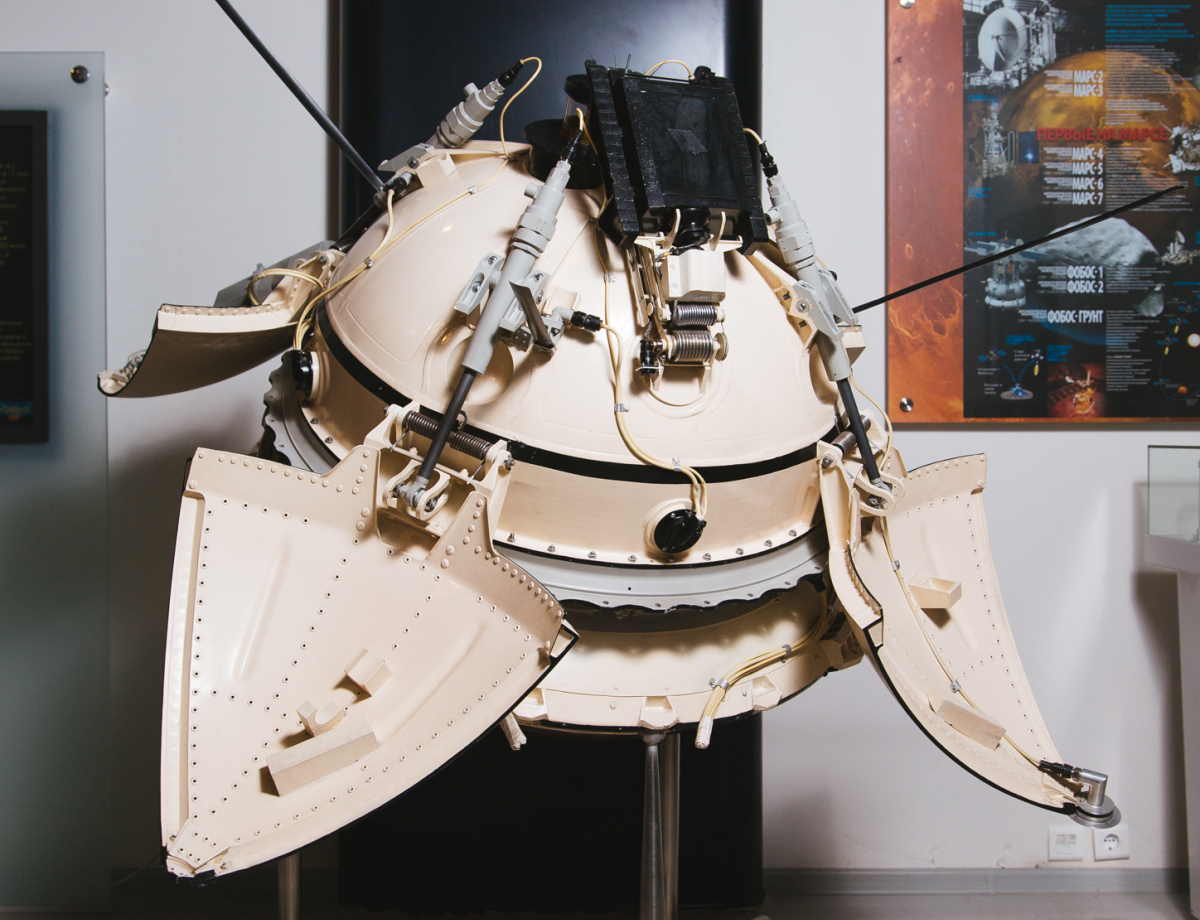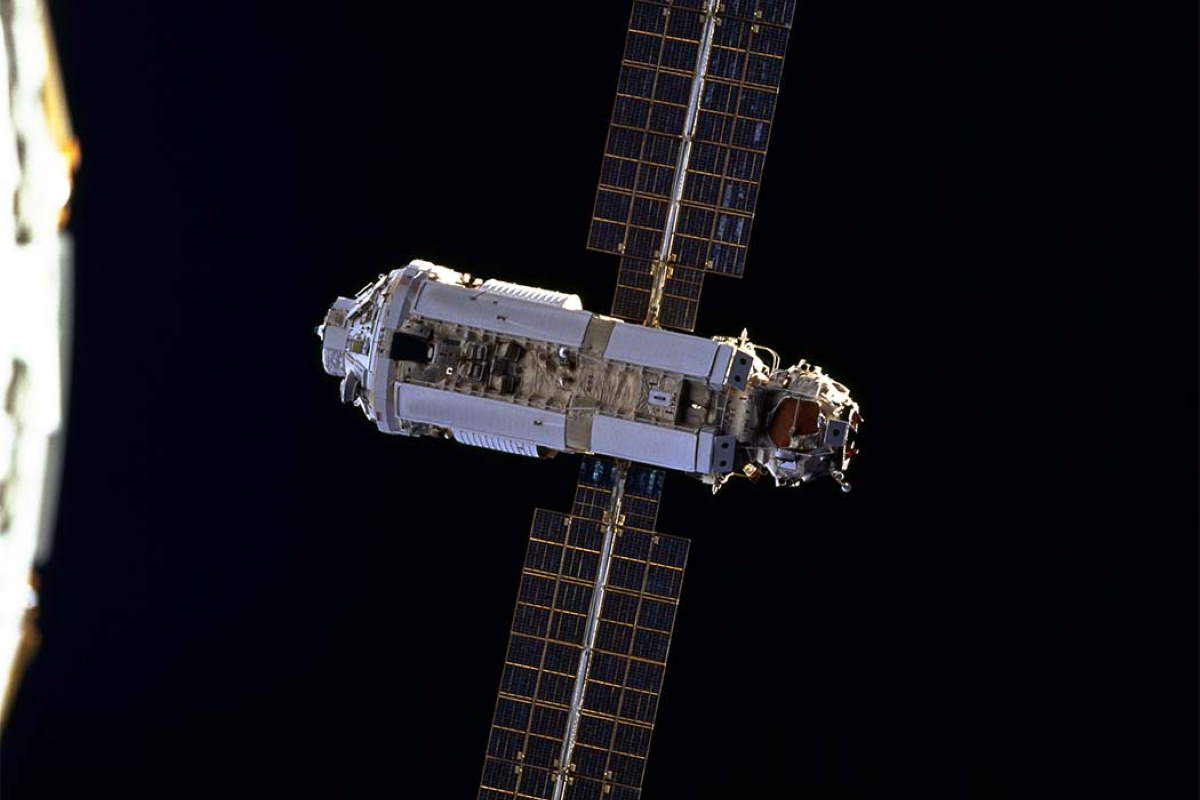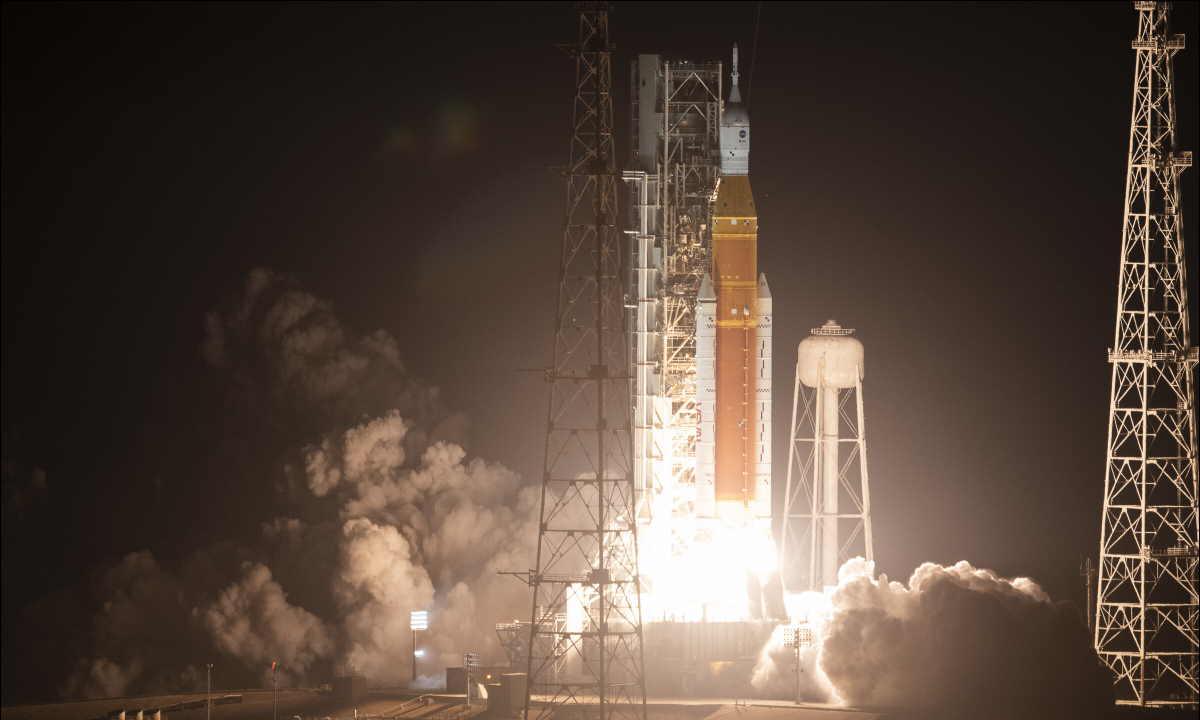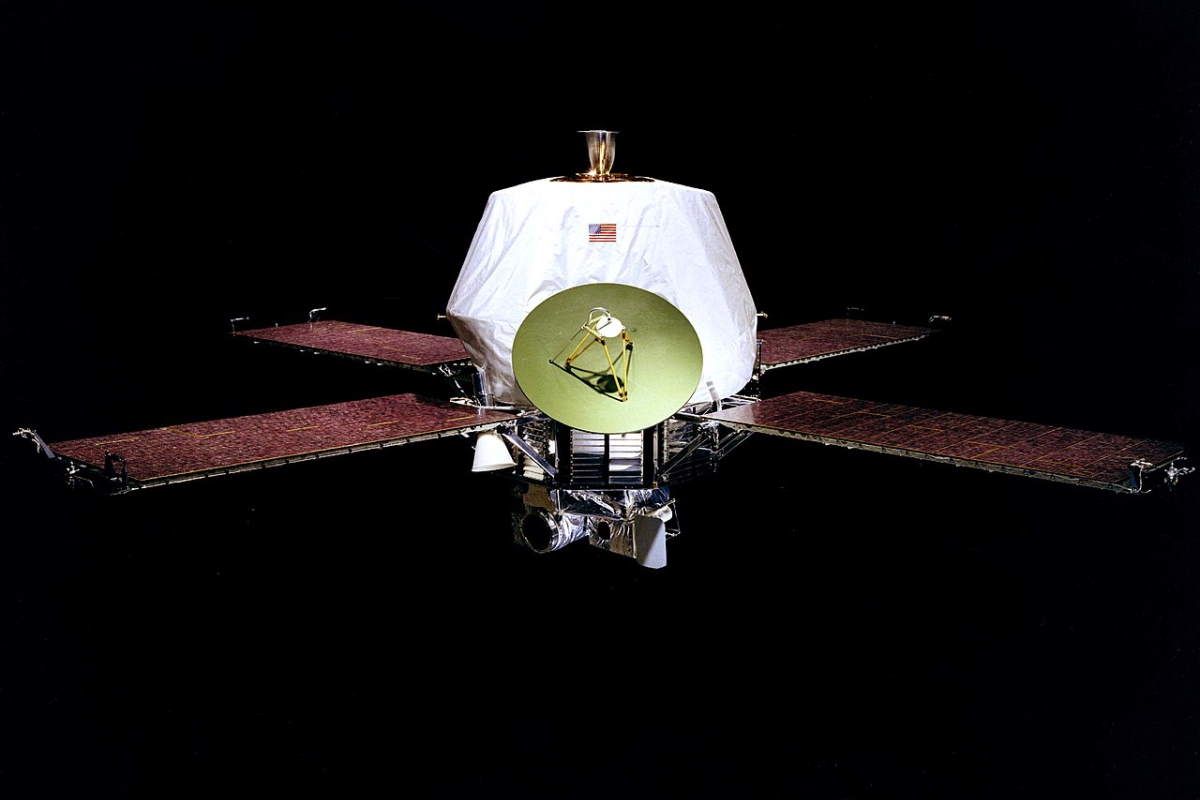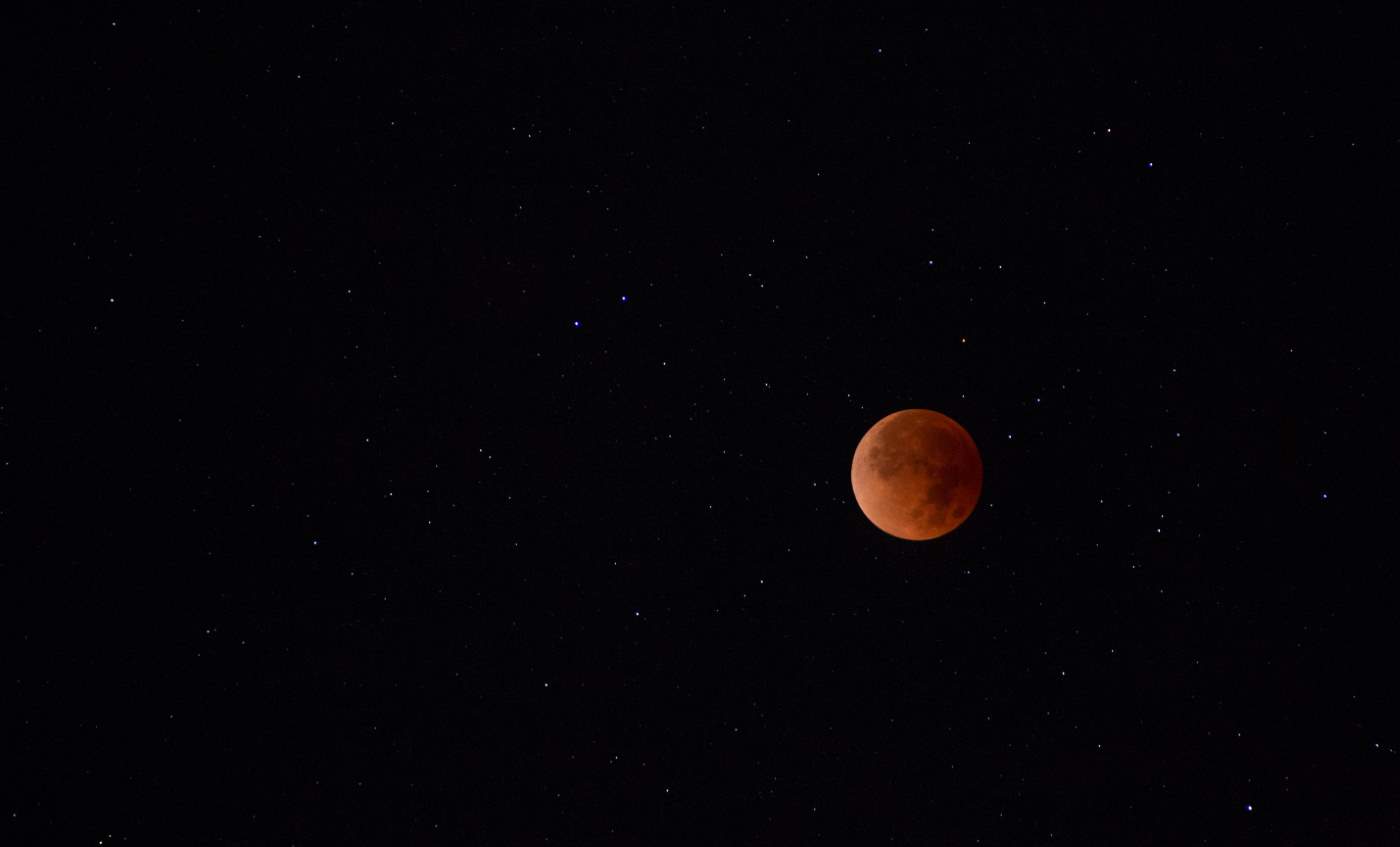On December 2, 1971, Soviet Union’s Mars 3 robotic space probe performed the first soft Mars landing. But, just 110 seconds after the landing, and 20 seconds after the transmissions has begun, it failed and transmitted just a gray image with no details. Although having no scientific value, this was the first transmission ever from the surface of Mars.
